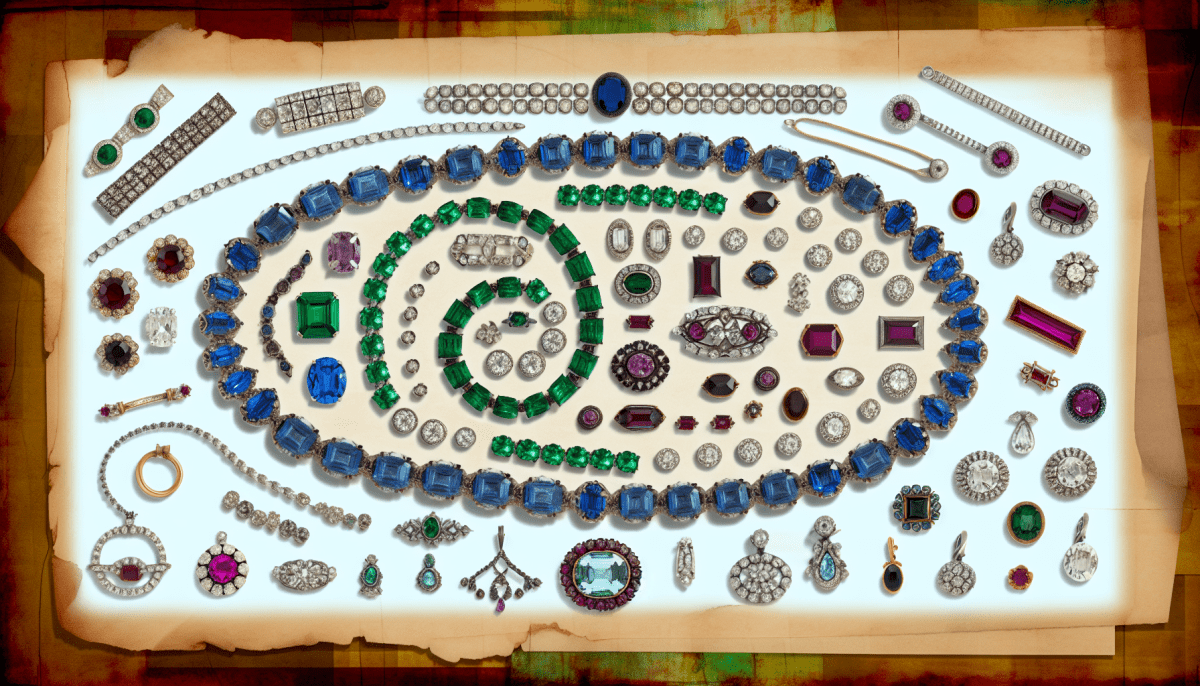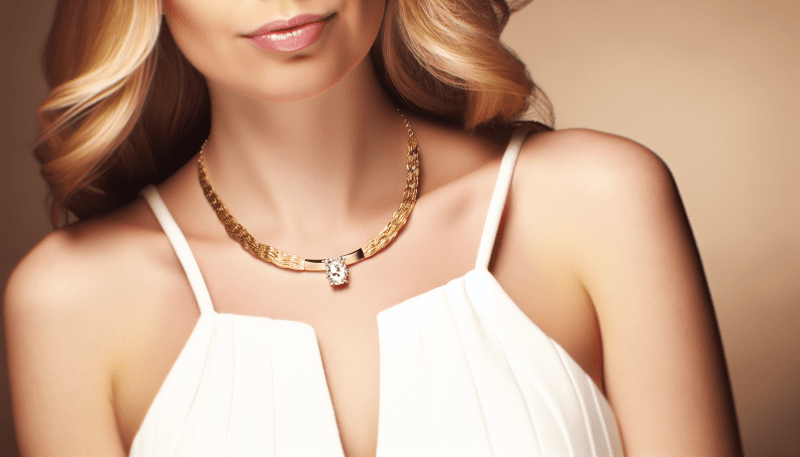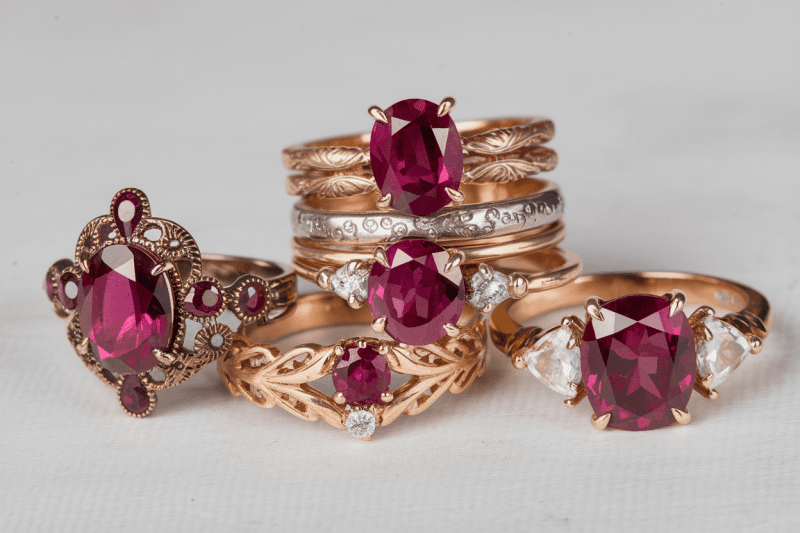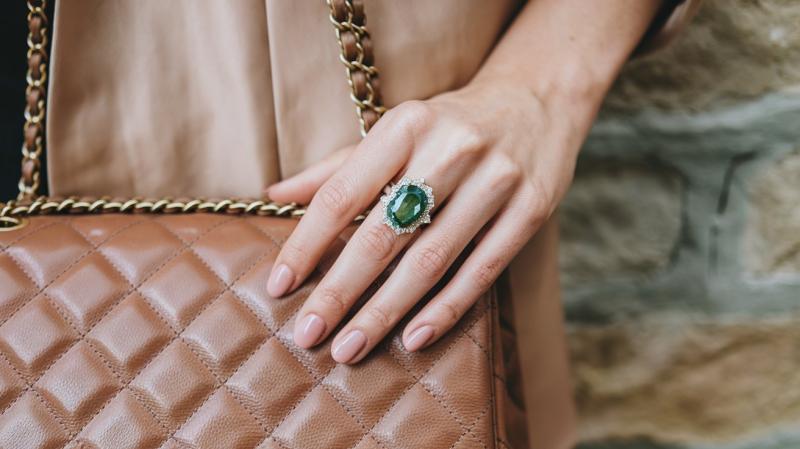Gemstone jewelry has a rich history that dates back thousands of years. Ancient civilizations saw gemstones not just as pretty pieces to wear, but as symbols of power, protection, and status. For example, in Ancient Egypt, turquoise, lapis lazuli, and carnelian were commonly used in jewelry, often believed to have magical properties. Pharaohs adorned themselves with these stones to show their wealth and divine connection.
As time moved forward, cultures around the world began to explore the beauty of gemstones in their own unique ways. In India, the tradition of using gemstones in jewelry became highly sophisticated, with designs influenced by various religions and cultures. The Mughal Empire even introduced intricate designs that incorporated diamonds and emeralds, creating stunning pieces that are still celebrated today.
Meanwhile, during the Renaissance in Europe, gemstone jewelry experienced a rebirth. The era valued ornate designs and detailed craftsmanship. Gemstones were often set in gold and silver, and jewelers began to experiment with new cutting techniques, enhancing the stones' brilliance and color. This period marked the start of a more personal touch in jewelry, with gemstones often chosen for their meanings or hues that matched the wearer’s personality.
In the modern era, gemstone jewelry has become highly accessible and versatile. From engagement rings to everyday accessories, people now have a vast variety of options to express their style. Technology has also transformed how gemstones are sourced and processed, introducing lab-created stones that offer both beauty and ethical considerations. With this blend of tradition and innovation, gemstone jewelry continues to shine brightly through the ages, connecting us to our past while enhancing our present.
Famous Gemstones and Their Meanings
When it comes to gemstone jewelry, certain stones stand out not just for their beauty, but also for their rich meanings and stories. Let's dive into some of the most famous gemstones and what they represent.
Diamonds: Often linked with love and commitment, diamonds are a classic choice for engagement rings. But did you know that they also symbolize strength and eternity? Their stunning sparkle makes them a timeless favorite for all kinds of jewelry.
Emeralds: These lush green gems are more than just pretty to look at. Associated with rebirth and love, emeralds are believed to bring harmony and stability into relationships. They’ve been cherished since ancient times, making their way into royal crown jewels and modern designs alike.
Sapphires: Blue is the most popular color for sapphires, but they actually come in a variety of hues. Known for symbolizing wisdom and nobility, sapphires have adorned the crowns of kings and queens. Plus, they’re thought to protect against envy and harm, making them a wise choice for meaningful gifts.
Rubies: Bright red rubies represent passion and vitality. Often referred to as the "king of gemstones," they’re believed to bring good fortune and protection to their wearers. Whether set in a ring or a necklace, rubies make a bold statement in jewelry.
Styles That Define Different Eras
Gemstone jewelry has been a fashion staple for centuries, with styles evolving dramatically from one era to the next. Each period reflects the tastes, values, and advancements of its time, showcasing not just beauty but also the stories behind the gems used. Let’s explore some distinct styles that shaped these notable eras.
In ancient Egypt, jewelry was all about symbolism and believed to carry protective powers. Gold and turquoise were popular, often crafted into intricate pieces featuring scarabs and lotus flowers. Necklaces, bracelets, and headdresses adorned both the living and the dead, symbolizing status and spirituality.
The Victorian era saw a rise in sentimental jewelry, with gemstones like opals and garnets taking center stage. During this time, people wore pieces with hidden meanings—lockets containing photos, or mourning rings to honor lost loved ones. These were often beautifully ornate and reflected deeply personal stories.
Fast forward to the 1920s, and you'll find the Art Deco movement bringing a bold new style. This period was characterized by geometric designs and vibrant colors, with stones like emeralds, diamonds, and sapphires taking the spotlight. Jazz music and cultural shifts influenced this change, leading to electrifying and daring pieces that embodied the spirit of the roaring twenties.
Today, we see a blend of old and new styles. Modern designs often incorporate vintage elements while embracing minimalist aesthetics. From classic solitaires to colorful cocktail rings, there's a little something for everyone. Whether you’re drawn to the glamour of the past or the sleek lines of contemporary pieces, the world of gemstone jewelry continues to evolve, keeping the beautiful stories of each era alive.
Caring for Your Gemstone Jewelry
Taking care of your gemstone jewelry is super important if you want it to last a long time and keep sparkling. Gemstones can be delicate, so a little extra love goes a long way. Here are some easy tips to help you maintain your jewelry:
By following these simple steps, you can keep your gemstone jewelry looking amazing for years to come. Remember, treating your pieces with care enhances the beauty and integrity of each gem, making them even more special!



